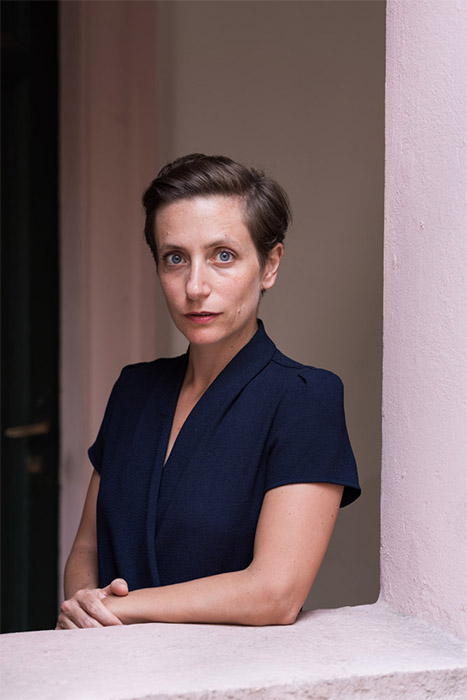Experiencing the uncanny in a carafe of water sounds difficult to believe, let alone swallow. Yet this is what happened in Disruptive Fundamentals, the graduation project of the American designer Carlo Lorenzetti, which saw the light in 2015 at the Design Academy Eindhoven. Born in Chicago in 1990 and raised in Michigan, Lorenzetti received his Bachelor of Fine Arts degree from the University of Michigan School of Art & Design in 2012. Four years ago, Lorenzetti moved to the Netherlands, to complete his studies with a Masters in Contextual Design at the Design Academy Eindhoven. Here his research was focused on investigating the relationship between the subconscious and psychoanalysis with the design of objects.
In his graduation thesis, Lorenzetti specifically aimed at applying the theory of the uncanny in design in terms of experimenting with functionality, user behaviour and experience. According to Sigmund Freud, the uncanny is the experience that occurs when repressed emotions, desires, primal instincts
and fears, rise from the subconscious to the forefront of conscious awareness. In this moment, individuals must search within themselves to determine how and why they are being alienated from something familiar. Many artists, like the Surrealists, have referred to this theory in their art. And Lorenzetti developed a collection of objects in which he intentionally generated this ambiguity, this sense of being attracted to yet repulsed by an object, through the use of archetypes and familiar shapes. Looking at the carafe, for example, users recognise that it is meant to pour something from its lip, but they cannot see the handle, because it is on the inside. Where the handle should be there is a void, similar to the one found at the base of a tree in the forest. The user logically understands that the handle is located inside this void, but they feel an innate fear of the dark, hand-sided void, arising from the ‘castration complex’ - the fear of losing extremities, and one of the many motifs of the uncanny. The user is forced to reconcile their subconscious with the object before them.
‘All my objects start from an experience that I try to facilitate, like the co-existence of the familiar and the uncanny in an object - an interaction which is not logical for the most common functional design,’ Lorenzetti explains. He has carried out this core theme in various projects. For instance, in Omnipotence of Thought, a vessel with an even more ambiguous, abstract form, that still functions as a vessel, almost like a body extension meant to carry and pour water. Another manifestation of Lorenzetti’s research of user experience and interaction is USB Charger, a project that the designer realised after he started participating in exhibitions with Dutch Invertuals, a collective funded and curated by Wendy Plomp to offer designers a platform to make new experimental projects under a common theme. For Power Play, an exhibition in 2016 about the future of energy, Lorenzetti reflected on how we take energy for granted. Taking the example of our relationship with cell- phones, he came up with a charger that gives the user the perspective of how much energy is in their cellphone. In fact, to make it function and charge the phone, you have to spin the piece’s wheel for two or three hours. It is not so much about the functionality of the object, but rather more about having you re-experience it, with a new perspective.
As in many of Lorenzetti’s objects, in Flywheel USB Charger the designer used earthenware and ceramics. His interest in this material comes from his background in furniture and ceramics, and also because Lorenzetti shares his studio with Marlies Crooijmans, the founder of the laboratory Fabrique Céramique. ‘I am a very craft-based designer,’ Lorenzetti says, ‘for me it is important to produce the object myself, to be in the studio and experimenting and discovering. The making of the object is an essential part of it.’ At the moment Lorenzetti is turning his attention towards new materials like glass. In fact, he currently has a residency with the Eindhoven-based foundry Beeldenstorm. There he is working on glass and metal casting projects inspired by the structure of lenses, which will be exhibited in September of 2018.

